Lack of high quality human resources
Le Duc Minh - a student at Vietnam Australia International School (HCMC) has a passion for electronics and circuit design. Minh has studied and practiced on specialized circuit design software. The male student aims to become a microchip design engineer and wishes to practice on modern design tools at school and large enterprises to perfect his skills.
Minh, like many other young people, will be the future of Vietnam's microchip engineers. According to the Strategy for developing human resources in semiconductor microchips by 2030, with a vision to 2050, Vietnam aims to have about 50,000 semiconductor microchip engineers to serve the country's socio -economic development.
According to Dr. Le Quan - senior lecturer of Engineering, Fulbright University Vietnam, with the development of new technologies such as self-driving cars, 6G networks, artificial intelligence (AI) ... there is always a need for control chips. Therefore, the microchip industry is in great demand for human resources, and the market for this industry has also grown rapidly in recent years.
However, Dr. Quan said that in many places around the world such as Korea, Taiwan (China) ... there is a serious shortage of semiconductor microchip engineers. The reason is that this is a special field, requiring in-depth expertise and great passion to pursue long-term. In addition, many engineers in these places often receive job offers from countries with strong microchip industries such as the US, so they leave their jobs in the country.
In Vietnam, Dr. Quan assessed that domestic students have qualities and abilities, and are highly appreciated by foreign enterprises. However, many students have few opportunities to practice and gain practical experience when working on projects, leading to a lack of work experience. Therefore, enterprises have to spend from 6 to 12 months to retrain them.
From this reality, experts from Fulbright University Vietnam suggest that schools need to coordinate with businesses and related parties to develop short-term courses to supplement knowledge and practical experience for students. Only then will graduates be able to meet the needs of businesses.
In human resource training, Dr. Quan also recommended that the State should support improving domestic microchip design capacity through funding practical chip design projects.
For example, he said, the Chinese government often funds small-scale chip design projects, ranging from $500,000 to several million dollars, with simple products and quick procedures. At that time, small businesses and engineering teams will directly participate, thereby improving the capacity and quality of human resources.
“In addition, to train human resources for microchip design, there needs to be close cooperation between schools and businesses. This helps engineers practice their design skills based on real orders. Because training microchip engineers takes a lot of time and money, they need to be placed in a real working environment right from the start,” Dr. Quan emphasized.
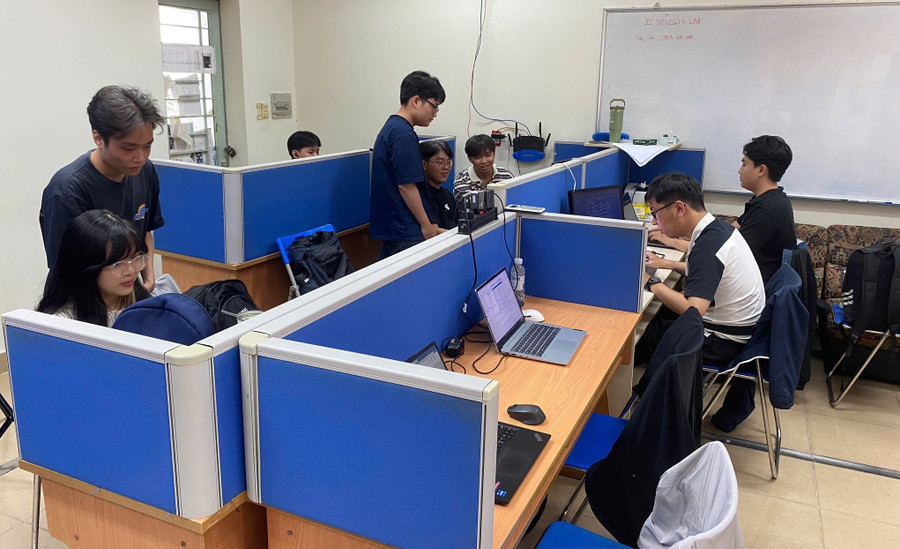
Building a semiconductor industry ecosystem
In order to meet the human resource needs of enterprises, universities have invested in facilities and semiconductor microchip laboratories to serve training and improve the quality of human resources in the new context. The University of Information Technology (Ho Chi Minh City National University) has invested in a national standard System-on-Chip Design training and research laboratory.
According to Dr. Nguyen Tan Tran Minh Khang - Vice Principal of the school, when having professional software and modern practice and measurement equipment, the school can improve the quality of teaching, better meet the requirements of businesses. At the same time, this facility helps the school attract good students, graduate students and a team of lecturers and scientists specializing in microchip design to participate in long-term teaching and research.
At the University of Natural Sciences (Vietnam National University, Ho Chi Minh City), the school is building a project for a microchip design laboratory to serve training and research, with investment from Vietnam National University, Ho Chi Minh City. By investing in facilities and perfecting the training program, the school is ready to take on the role of training high-quality microchip design human resources.
According to Mr. Vo Minh Thanh - Deputy Director of the Department of Science and Technology of Ho Chi Minh City, in the city's semiconductor industry development strategy, one of the important pillars is promoting the development of high-quality human resources.
However, he also acknowledged that the current human resources do not meet the needs of businesses. Therefore, Ho Chi Minh City will coordinate with relevant parties to improve the quality of microchip human resource training, expand specialized training and promote the "three-house" model, including the State, schools and businesses, participating in training and applied research.
Mr. Le Quoc Cuong - Deputy Head of the Management Board of Ho Chi Minh City High-Tech Park said that the unit is building a complete ecosystem including research - development, production, business linkage, institute - school and human resource training, to pave the way for the semiconductor industry to develop strongly in Vietnam.
To achieve this goal, the Ho Chi Minh City High-Tech Park will focus on cooperating with universities and research institutes to develop specialized and systematic training programs from undergraduate to postgraduate levels. At the same time, the unit will cooperate with international enterprises and equipment suppliers to organize practical training, exchange experts and enhance the form of “on-the-job training”.
“Along with that, we will build a network to support internships and career transitions for students majoring in microchips and materials, creating an environment for young human resources to access applied research and technology startups,” said Mr. Cuong.
According to the Semiconductor Industry Human Resource Development Program to 2030, Ho Chi Minh City will organize specialized training, retraining, and advanced training courses to improve skills, helping human resources in the semiconductor and microchip industries reach the world's advanced level.
In the 2026-2030 period, Ho Chi Minh City aims to train at least 1,500 highly skilled workers for semiconductor enterprises operating in Vietnam. The city also aims to have nearly 10,000 workers with university degrees or higher, of which at least 2,600 are in the field of microchip design.
Source: https://giaoducthoidai.vn/nang-cao-chat-luong-nhan-luc-nganh-vi-mach-tang-toc-dao-tao-thuc-chien-post755694.html


![[Photo] Da Nang: Hundreds of people join hands to clean up a vital tourist route after storm No. 13](https://vphoto.vietnam.vn/thumb/1200x675/vietnam/resource/IMAGE/2025/11/07/1762491638903_image-3-1353-jpg.webp)










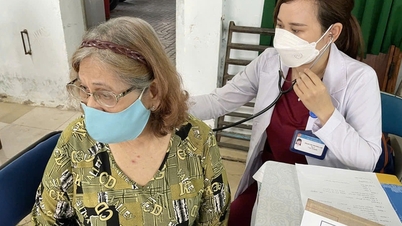

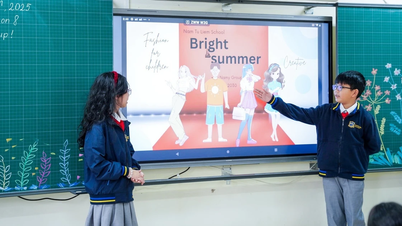
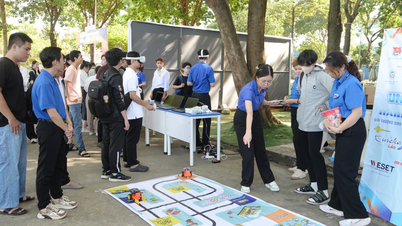


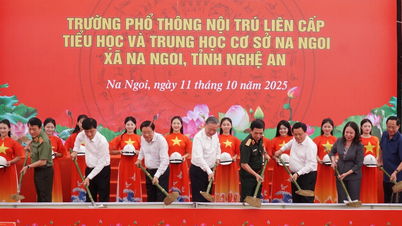




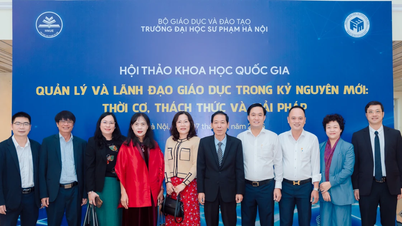

























































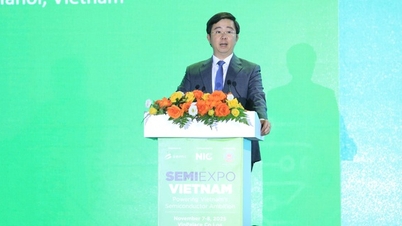

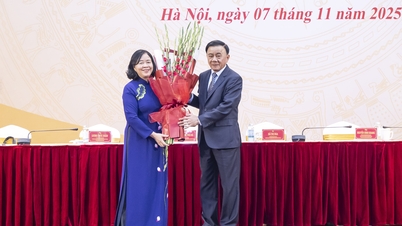


























Comment (0)